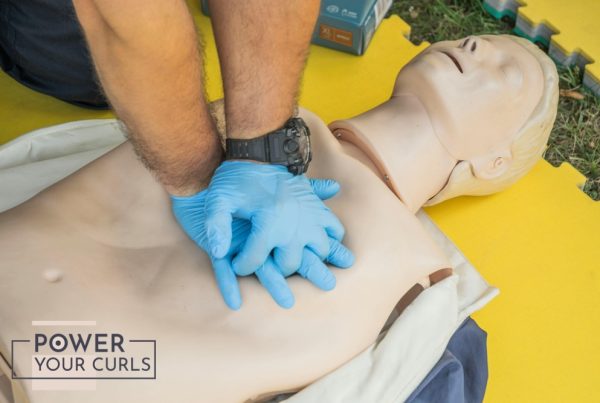Imagine this, you’re finishing up an intense workout. You have worked up a sweat, your muscles feel pumped, and you feel great! But hold on, as time goes on you feel your muscles get heavy, tight, and sore. Well, that’s probably because you didn’t do your recovery workouts.

What some people don’t know is that recovery should be a part of your regular workout routine because it helps you better reap the benefits of your workout. Curious how? Then keep reading as we break down the benefits of Active Recovery!
What is Active Recovery?
We’ve tackled the topic of recovery in the past, and have established that recovery is an essential part of any workout routine. An article on the Center for Spine & Orthopedics that focuses on the science of post-workout recoveries states that “ when you exercise your body breaks down microscopic muscle fibers, which are then rebuilt through the recovery process and to make your muscles bigger. And that could hurt depending on the intensity of your workout, how many muscle groups you exercised, and how seriously you take your recovery (i.e. eating enough food and getting ample sleep).”

Now that we know that recovery is important, we have to understand what “Active Recovery” is. Active recovery is a low-intensity exercise or set of exercises done after an intense workout. The goal of these exercises is to reduce muscle fatigue, promote recovery, and assist muscle growth.
The Benefits of Active Recovery
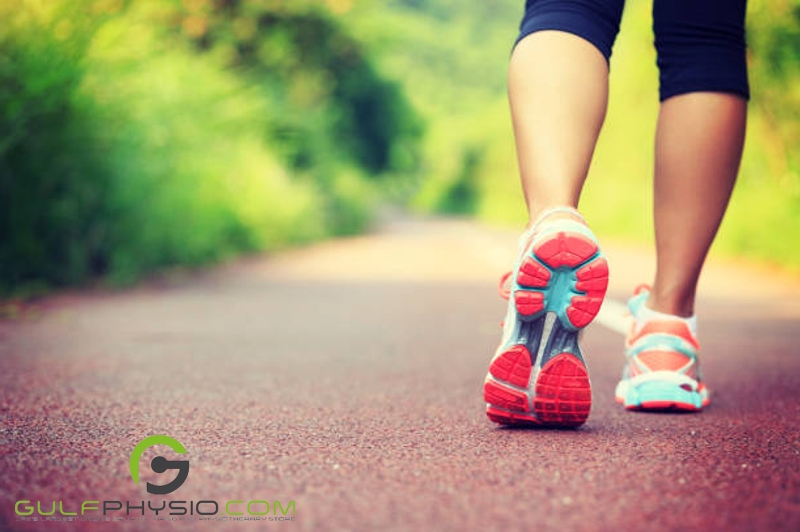
So what exactly does Active Recovery do? We know it may seem contradictory to heal from exercise with more exercise but even with limited research and studies, a systematic review published in The Journal of Strength and Conditioning Research found that Active Recovery periods that last between 6-8 minutes had a positive effect on athletic performance. Furthermore, engaging in this form of recovery benefits not only the physiological aspect of working out but the psychological aspects as well because athletes perceived that it positively impacted their performance.
Other benefits of practicing Active Recovery are:
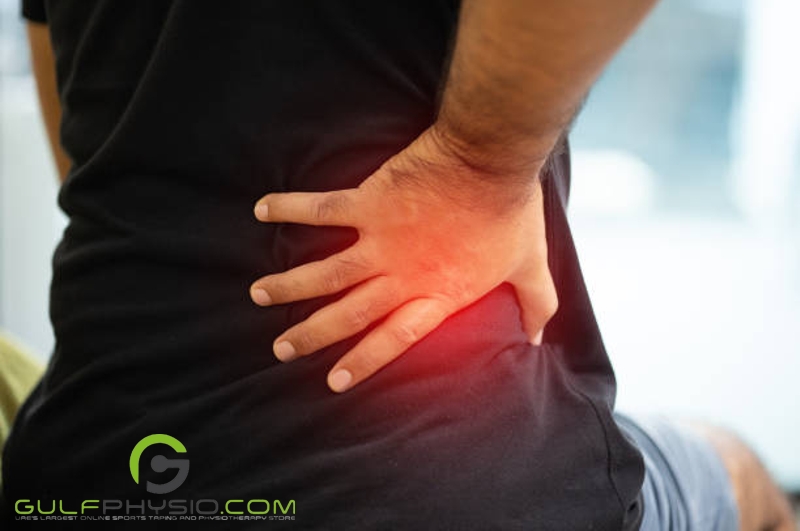
- Decreases Muscle Soreness – Achieved through increased blood flow to the muscles that assist in flushing out toxins, and bringing in essential nutrients for the muscle to heal and grow.
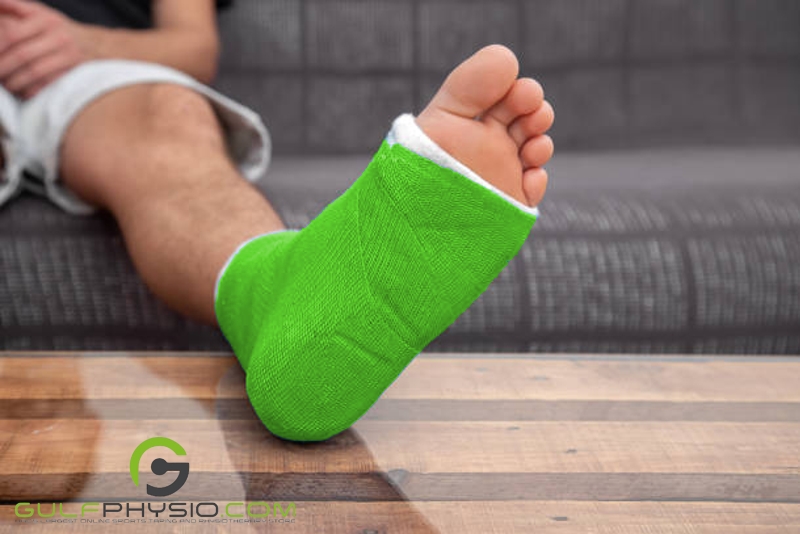
- Prevents The Risk of Injury – Active recovery increases joint flexibility and strengthens connective tissue. Which is helpful in the absorption of impact during the workout, and lessens the risk of injuries such as sprains and strains.

- Achieving Homeostasis – During intense workouts our bodies release hormones such as cortisol. Cortisol is crucial during exercise because it regulates your energy metabolism, but excess levels of cortisol increase the risk of fatigue and injury. Taking the time to engage in active recovery returns the body to homeostasis and lowers these risks.
Active Recovery Activities
As mentioned earlier, Active Recovery utilizes low-impact exercises to help the body heal from intense activity. A few exercises that are great examples of this are:

- Light Cardio – Exercises such as going for a short walk, hike, jog, or bike ride increase blood flow and can help lower your heart rate after an intense workout.
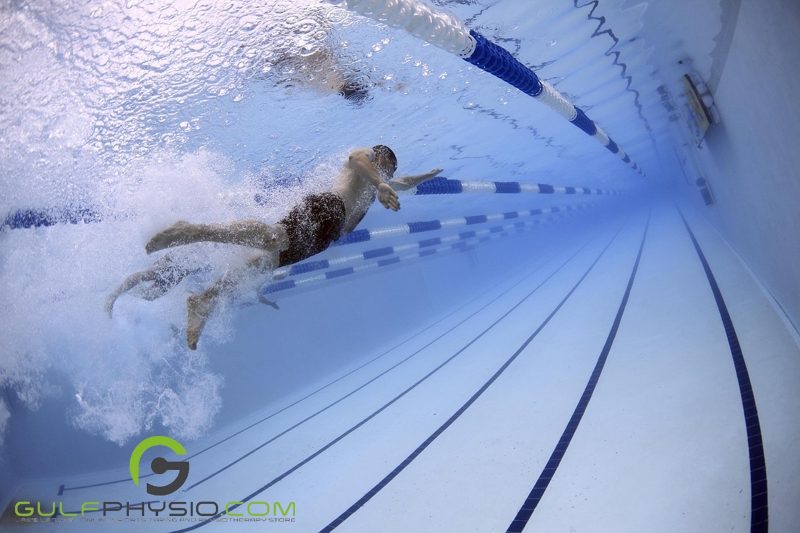
- Swimming – This is a low-impact activity that puts no strain on the joints and muscles because of the buoyancy of the water. This lessens muscle inflammation and releases pressure.
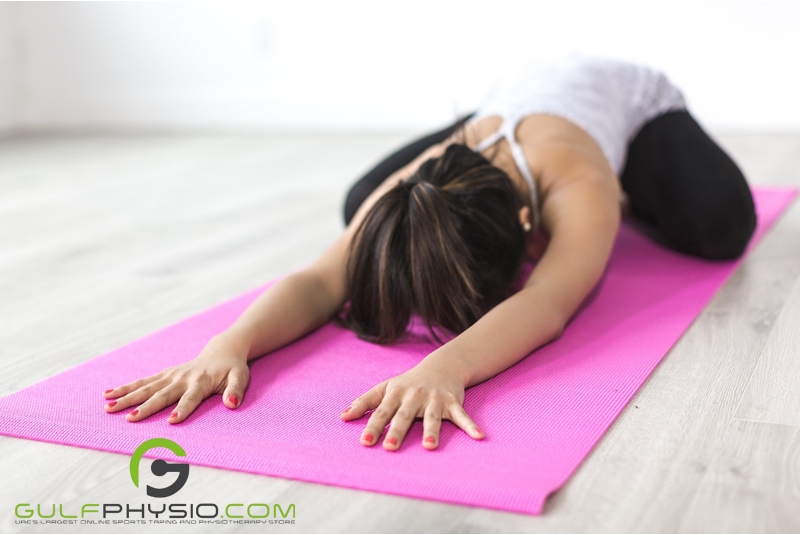
- Restorative Yoga – A form of yoga that is specifically designed to help you recover. This gentle form of yoga promotes mindfulness and relaxation through deep breathing and aims to activate the parasympathetic nervous system.
Our Thoughts
Active recovery is a low-intensity exercise after an intense workout to reduce muscle fatigue, promote recovery, and assist muscle growth. A systematic review in The Journal of Strength and Conditioning Research found that active recovery periods lasting 6-8 minutes positively affected athletic performance. Other benefits include decreasing muscle soreness, preventing injury risk, and achieving homeostasis. Active recovery activities include but are not limited to light cardio, swimming, and restorative yoga. Engaging in active recovery not only benefits the physiological aspect of working out but also the psychological aspects, as athletes perceive it to impact their performance positively.
If you want to know more about recovery, read our articles “The Importance of Post-Exercise Recovery” and “Rest and Relax: The Benefits of Passive Recovery” or learn more from our blog here.
Disclaimer
GulfPhysio.com and all of its content are for informational purposes only. All information is believed to be accurate at the time of posting and should NOT be construed as professional medical advice. Please seek a medical professional in the event of pain or injury.

